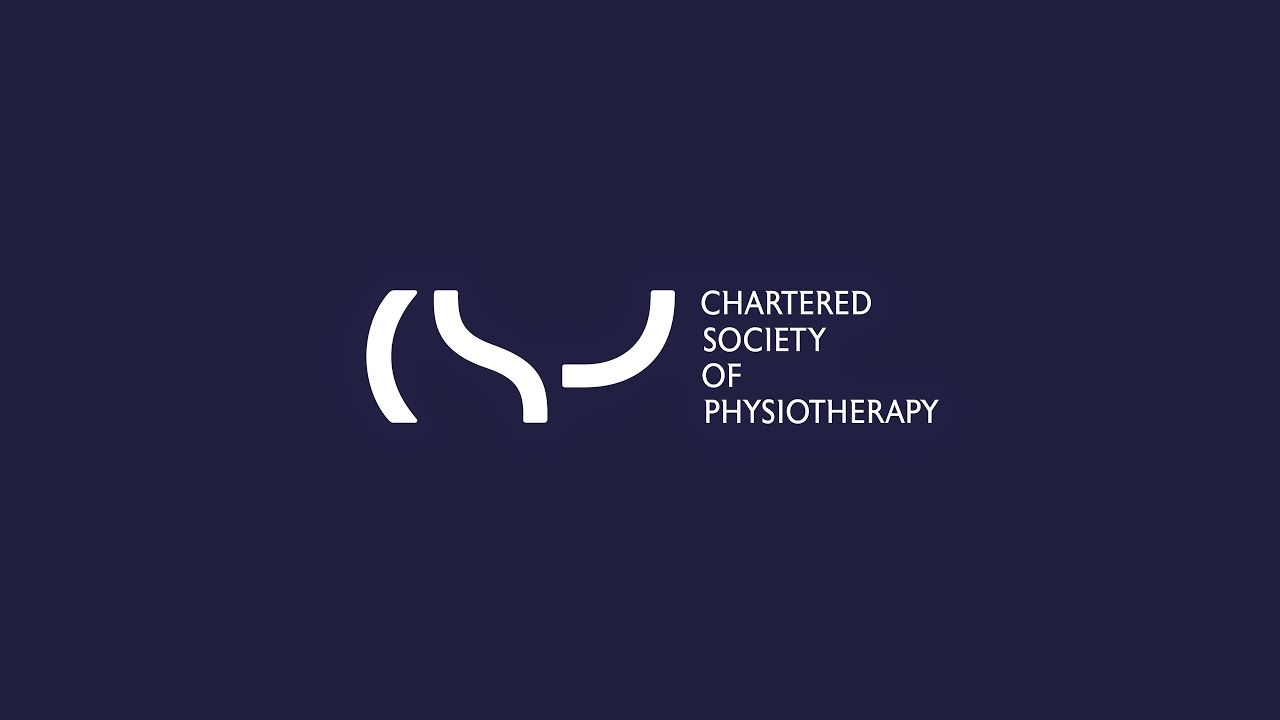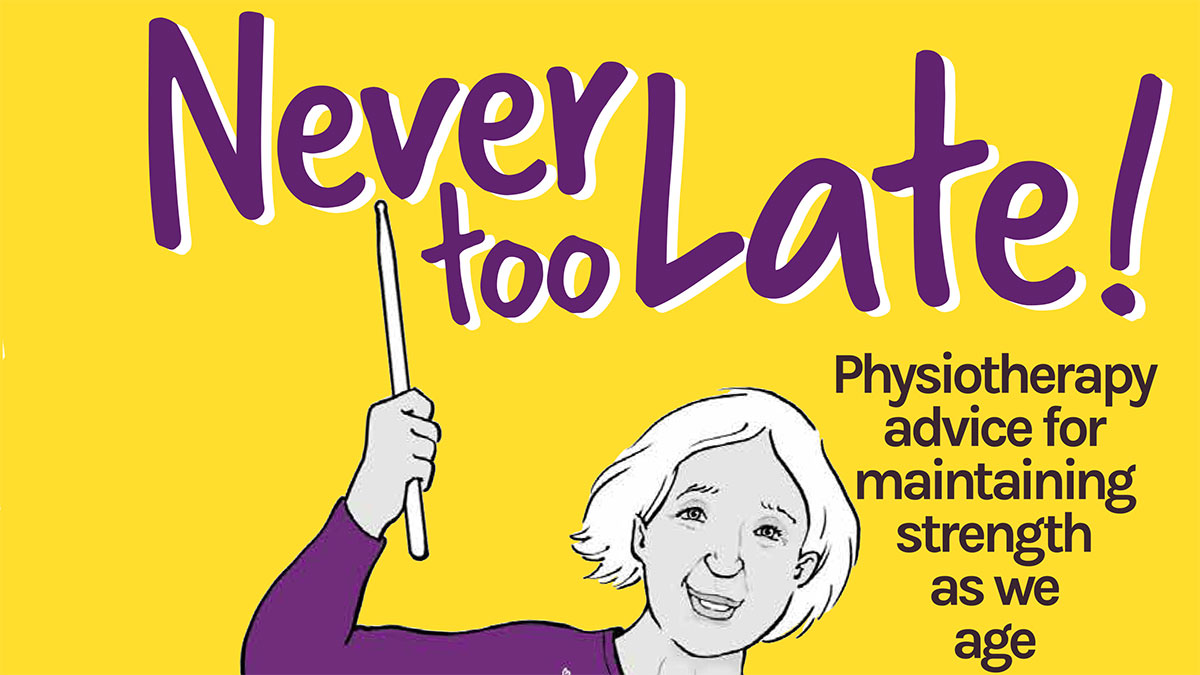For many people, retirement marks a time of new beginnings – more time with family, new hobbies, greater opportunities to travel. But it can also be a time for finding new ways to maintain or build your strength while discovering talents you never knew you had.

How much exercise should I be doing?
Studies show we lose 3-5 per cent of muscle every year from the age of 30 if we don’t take steps to maintain it. Losing that strength puts us at greater risk of falls and other ill-health so it’s important to make maintaining strength a priority in your life.
Official guidelines call for everyone to do activities that strengthen your muscles and bones twice a week. Meeting that target will help you not only prevent falls, but improve your mood, help your sleeping patterns and bring benefits for your overall health and wellbeing.
Tips for starting a new activity
Find something you enjoy so that you’ll keep going
Set goals for yourself – big or small – to keep you motivated.
Pace yourself – start slowly and gradually build up
It’s ok to ache but if pain persists, ease back and go slower.
Need more motivation and support? Find an exercise buddy!
VIDEO
Everyday strength
You don’t need to lift huge weights to strengthen your muscles. It can be done through many everyday activities like:
Carrying shopping
Washing your car
Digging in the garden

If you incorporate those into your daily routine, it won’t be long before you start to feel the benefits.
New beginnings
There are so many activities out there that you may have wanted to do in the past but never got around to, and retirement is a great opportunity to put that right.
Activities that have the most benefit for muscle and bone strengthening include:
Ball games
Racket sports
Dance
Nordic walking
Resistance training
But if none of those appeal to you then there’s plenty more to choose from – why not try playing the drums?
Whatever you do, just make sure it has a strength component.
Ask your physio for suggestions, visit the BBC’s Get Inspired website, check out the best strength and balance exercises you can do or watch the video below for suggestions on activities you can take up.
Find a physiotherapist
If you live in the UK and want to see a physio there are two main routes to access treatment:

